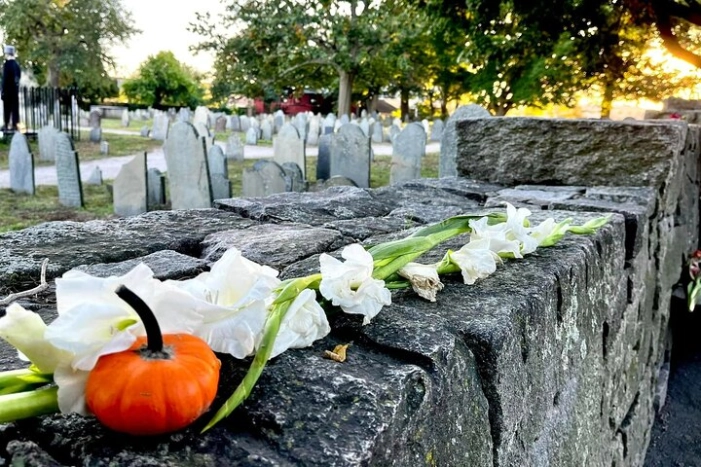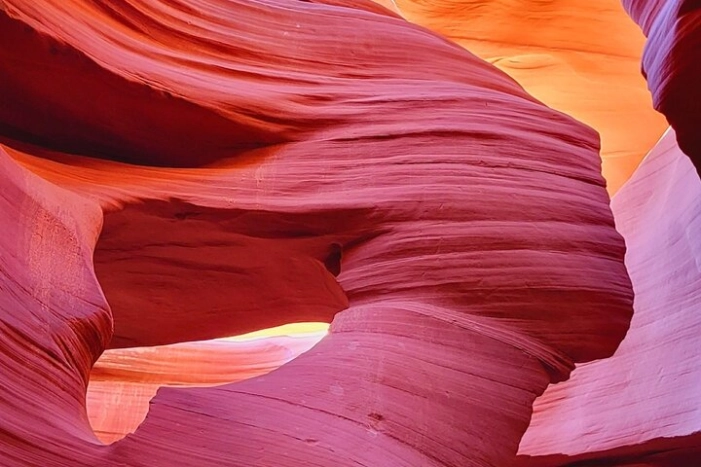A fascinating tour for anyone interested in history, architecture, or famous and unusual geographical features. Also, the perfect choice for great masterpiece photography taking!
Death Valley National Park is the continental United States’ largest park, and also the hottest, driest and lowest. Despite these harsh conditions, the park’s more than 3-million acres are not simply desert plains. They are also home to mountains, canyons, sand dunes, extinct volcanic craters and even palm trees and wildflowers.
Harmony Borax Works was the central feature in the opening of Death Valley and the subsequent popularity of the Furnace Creek area. The plant and associated townsite played an important role in Death Valley history. Rhyolite Ghost Town was inhabited for just 12 years, but it flourished enormously during this short period.
New York City
Explore
 LGBT Friendly Tours
LGBT Friendly Tours
 Kid-Friendly
Kid-Friendly
 Excellent Quality
Excellent Quality
 Wayfortravel Plus
Wayfortravel Plus
 Sporting Event Tickets & Passes
Sporting Event Tickets & Passes
 Best Conversion
Best Conversion
 Involves Animals
Involves Animals
 Good for avoiding crowds
Good for avoiding crowds
 Seasonal & Special Occasions
Seasonal & Special Occasions
 Classes & Workshops
Classes & Workshops
 Travel & Transportation Services
Travel & Transportation Services
 Tours, Sightseeing & Cruises
Tours, Sightseeing & Cruises
 Tickets & Passes
Tickets & Passes
 Food & Drink
Food & Drink
 Art & Culture
Art & Culture
 Outdoor Activities
Outdoor Activities
 Small Group
Small Group
 Likely to Sell Out
Likely to Sell Out
 Audio Guides
Audio Guides
 Sustainable Tours
Sustainable Tours
 Limousine Transfers
Limousine Transfers
 Donut Walking Tour
Donut Walking Tour
 Virtual Experiences
Virtual Experiences
 Additional fees
Additional fees
 DSA non-compliant
DSA non-compliant
 Low Last Minute Supplier Cancellation Rate
Low Last Minute Supplier Cancellation Rate
 LGBT Friendly Tours
LGBT Friendly Tours
 Kid-Friendly
Kid-Friendly
 Excellent Quality
Excellent Quality
 Wayfortravel Plus
Wayfortravel Plus
 Sporting Event Tickets & Passes
Sporting Event Tickets & Passes
 Best Conversion
Best Conversion
 Involves Animals
Involves Animals
 Good for avoiding crowds
Good for avoiding crowds
 Seasonal & Special Occasions
Seasonal & Special Occasions
 Classes & Workshops
Classes & Workshops
 Travel & Transportation Services
Travel & Transportation Services
 Tours, Sightseeing & Cruises
Tours, Sightseeing & Cruises
 Tickets & Passes
Tickets & Passes
 Food & Drink
Food & Drink
 Art & Culture
Art & Culture
 Outdoor Activities
Outdoor Activities
 Small Group
Small Group
 Likely to Sell Out
Likely to Sell Out
 Audio Guides
Audio Guides
 Sustainable Tours
Sustainable Tours
 Limousine Transfers
Limousine Transfers
 Donut Walking Tour
Donut Walking Tour
 Virtual Experiences
Virtual Experiences
 Additional fees
Additional fees
 DSA non-compliant
DSA non-compliant
 Low Last Minute Supplier Cancellation Rate
Low Last Minute Supplier Cancellation Rate














 More
More






